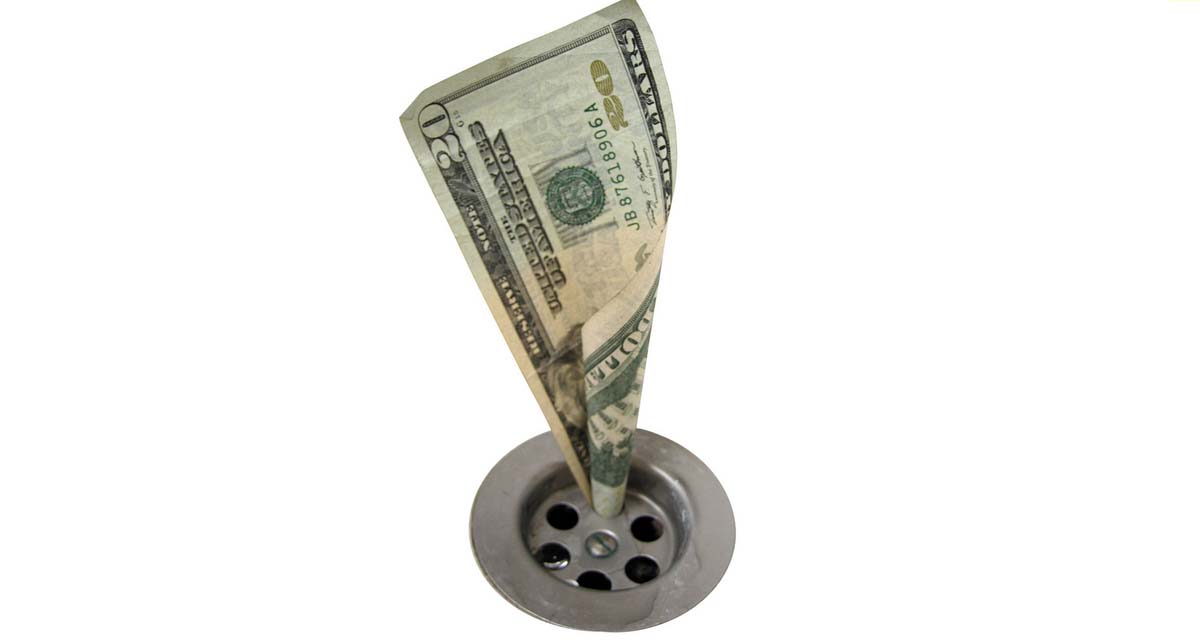Emperor Joseph II: My dear young man, don’t take it too hard. Your work is ingenious. It’s quality work. And there are simply too many notes, that’s all. Just cut a few and it will be perfect.
Mozart: Which few did you have in mind, Majesty? (Amadeus, 1984)
The New York Times recently published an opinion editorial entitled “Squandering Medicare’s Money” in which Dr. Rita Redberg, professor of cardiology at UCSF, proposes that much of Medicare’s financial deficit could be reduced if the government did not spend “a fortune each year on procedures that have no proven benefit.” To support her contention, Redberg cites several studies which indicate that many routinely performed tests and treatments do not improve patient outcomes in any measurable way, and are therefore “unnecessary.” Examples given are screening colonoscopies for patients over 75, PAP smears for women over 65, coronary stents for people with stable angina, and so forth. At an estimated cost of $150 billion, these procedures seem like obvious candidates for the deficit-reduction chopping block.
That a significant portion of the medical care dispensed across the country today is “wasteful,” few will argue. But some caveats should be considered before embracing Redberg’s formidable recommendation.
To begin with, Redberg seems to overstate the conclusion of the clinical studies she cites. For example, her mention that “women in their 40s do not benefit from routine mammography” implies that mammography is never valuable in this age group which is not factual. The studies in question did find a benefit for routine mammography, albeit of too small a magnitude to be recommended as a public health measure. Redberg also overlooks the difference between population medicine and individual medicine. A study may predict that a particular procedure has little value when applied to a group. In the case of a specific person, that determination can only be made after the fact.
But Redberg goes beyond dismissing specific tests as unnecessary. She also rejects entire practices offhand, such as screening for prostate cancer after a given age. Her outlook oddly implies there is no such thing as medical progress. Yet it should be apparent that what is deficient today may not be so next year, the year after, or ten years from now. A clinical study can only reflect the given situation at the time it is conducted. Technology (drugs, tests, procedures) and epidemiology (disease patterns, co-morbidities, co-factors) change constantly.
Screening for prostate cancer in older men may be of doubtful value at present, but biopsy techniques and treatment choices could certainly improve in the future. Life expectancy also increases yearly, making some treatment choices for the elderly more beneficial now than they were ten or 20 years ago. That clinical studies are obsolete the moment they are published is an acknowledged aphorism in medical circles, and what is “proven” today is frequently over-ruled tomorrow. But when we decree “no more unnecessary procedures,” we decide necessarily such procedures will never be of use.
Most problematic is Redberg’s notion that the academic community be granted the final word on what should or should not be acceptable practice. Many substantial advances in Medicine were initially at odds with academic wisdom. And at times, academic wisdom has shown itself to be downright harmful. It was not long ago that academics, citing the “best available evidence,” urged hundreds of thousands of post-menopausal women to take hormone pills to reduce their risk of heart disease, only to discover a few years later that such treatment significantly increased the rate of cancer, stroke and venous embolism—and did nothing to lower the risk of heart disease.
When Medicare was introduced in the early 1960’s, the architects of the program abstained from selecting what would be or would not be covered. This decision was medically correct but economically foolish. It was medically correct because only personal knowledge of the patient can hope to best identify his needs, and only up-to-date knowledge of a rapidly evolving medical field can hope to best address them. It was economically foolish because it placed no limit on what doctors and patients could spend to satisfy those needs.
Unbridled spending can only cloud the judgment of both doctors and patients, so that much medicine nowadays is undoubtedly unnecessary and wasteful. But if it is easy to decry too many PAP smears, too many mammograms, and too many stents, deciding which PAP smear, which mammogram, and which stent to cut out is a different story. Appeal to the authority of decision rules, guidelines, and task force recommendations is likely to further distort our judgment of what is medically valuable. Such rationing schemes are ill-suited remedies for a serious case of economic miscalculation.
[callout]If you enjoy what you read, don’t forget to share the content with your friends so they too can become alert and oriented! Also, sign-up to receive a free monthly digest of all my posts at the upper right-hand corner of your browser (or at the bottom of the page on mobile devices). Thank you! [/callout]
